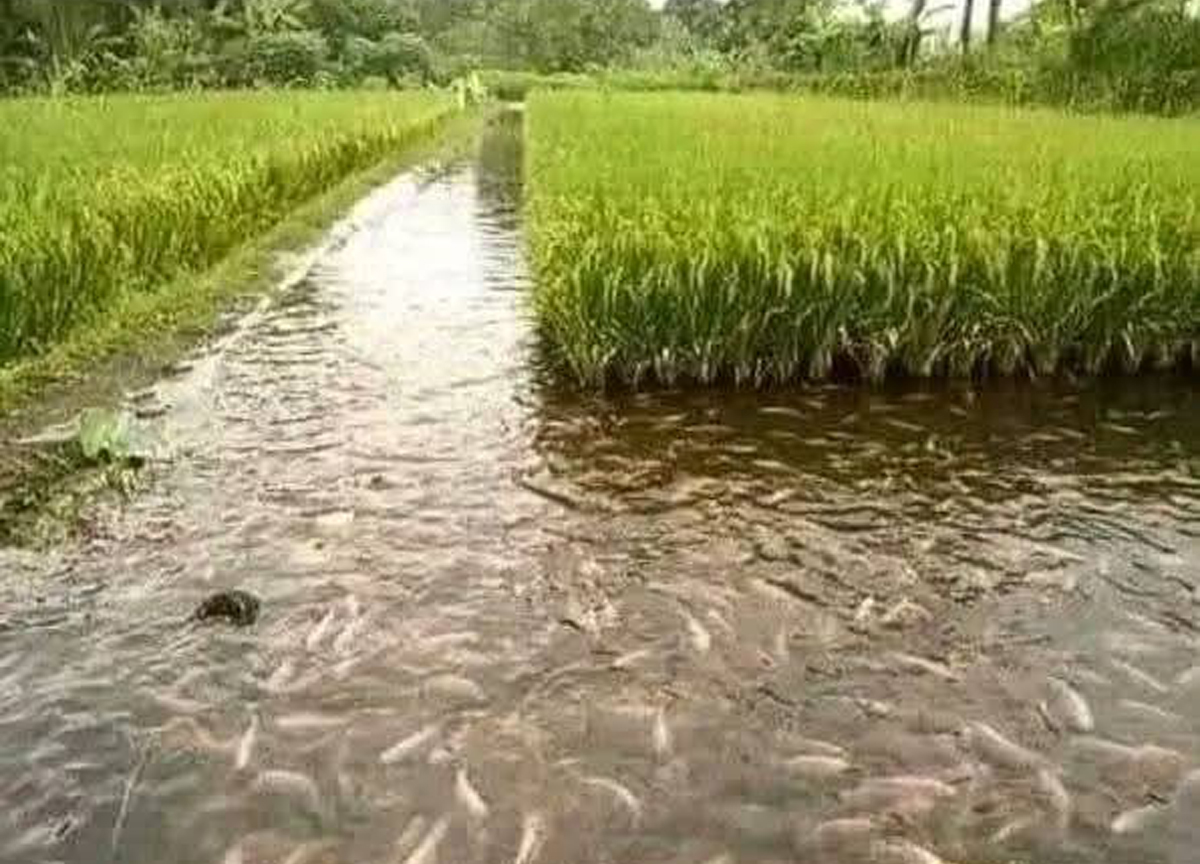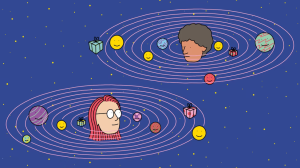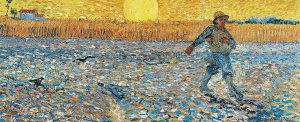In the lush paddy fields of Indonesia, where rice, the staple food of Asia, demands vast quantities of water, farmers have ingeniously turned this necessity into a thriving ecosystem. They don’t just cultivate rice; they cultivate fish too. Imagine this: fish darting through the fields, not as accidental visitors but as deliberate residents. Farmers introduced them in large numbers, releasing them into the water where rice plants sway in the breeze. It wasn’t just a symbiotic relationship; it was a game-changer.
Rice-fish culture emerged as a brilliant solution. Here’s how it works: The fish function as natural pest control, gobbling up insects, algae, and pests that would otherwise ravage the rice crop. As they feed, they prune the plants, promoting healthy growth.
Meanwhile, their waste, rich in nutrients, becomes a natural fertilizer, enriching the soil without the need for added chemicals. And as the fish thrive, so do the farmers, who harvest both rice and fish for food or profit.
Read more: Rice-Fish System.







